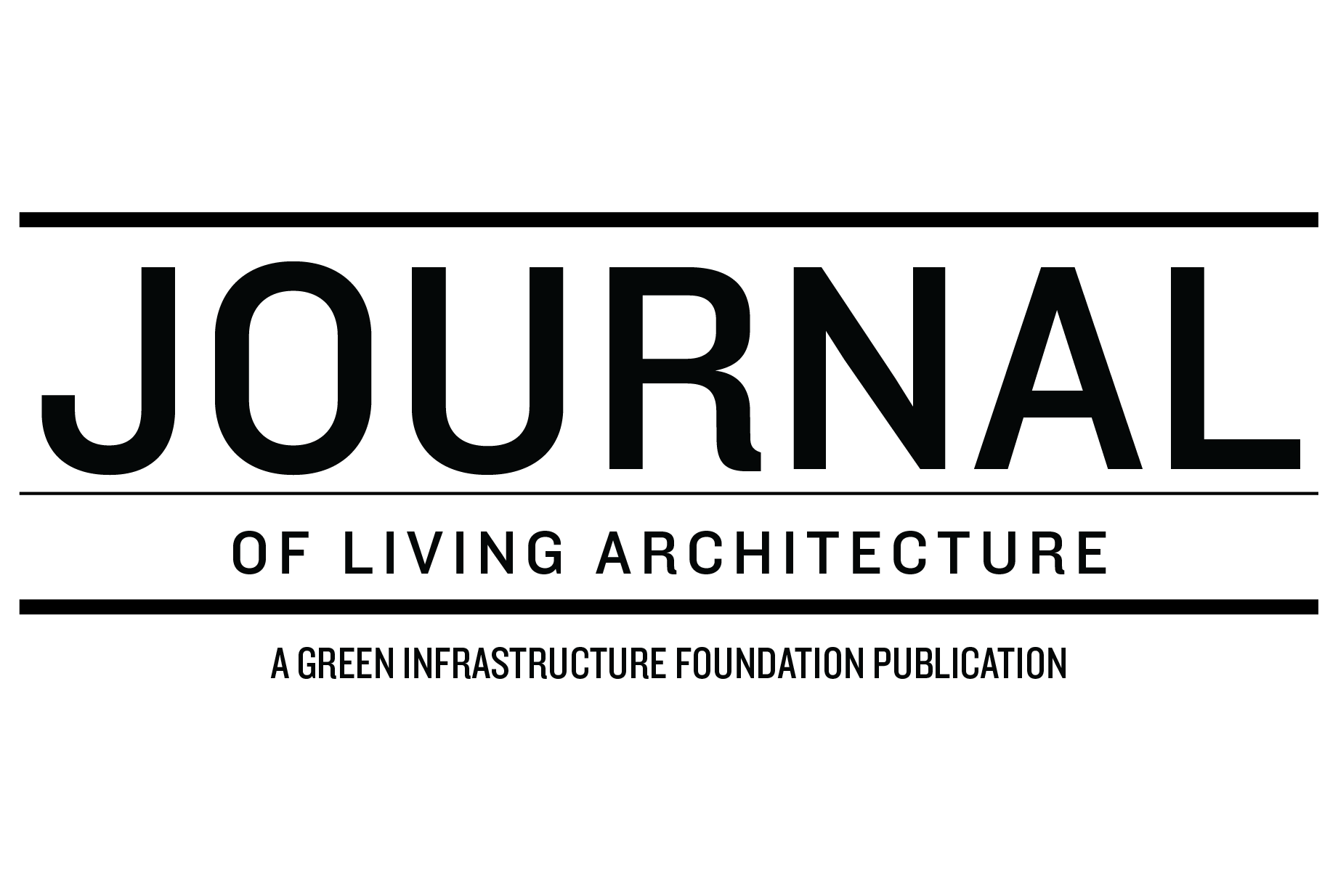Native Forbs Grown Under Green Roof Conditions Have Altered Biomass Allocation Strategies
Advertisement
The Journal of Living Architecture is a peer-reviewed, open-access journal, published by the Green Infrastructure Foundation and hosted by the Living Architecture Monitor Magazine. Learn more about the Journal, read all Journal articles, or find out how to submit to the Journal.
Native Forbs Grown Under Green Roof Conditions Have Altered Biomass Allocation Strategies and Can be Supported by Commercially-Available Arbuscular Mycorrhizal Fungi
Volume 11 Number 1 Pages 20-40
Norbaya Jameela Durr (1) , Kelly Ksiazek-Mikenas (1)*
(1) Department of Biology, Elmhurst University, Elmhurst, IL, USA
*corresponding author: kelly.mikenas@elmhurst.edu
ABSTRACT
Nature-based solutions like green roofs can help sequester carbon dioxide from the atmosphere, thereby alleviating some of the negative consequences of global warming. Because plants on extensive green roofs typically have short stature and lower biomass than individuals growing on the ground, they are often overlooked in calculations of urban carbon sequestration. However, plants grown on environmentally stressful green roofs may be using alternative physiological strategies, allocating more resources like carbon to below-ground structures than they would be if grown in similar ground-level conditions. Furthermore, overall forb growth and biomass accumulation could be enhanced if plants are grown in the presence of symbiotic fungi that helps obtain water and nutrients. In this experiment, we grew ten native prairie forbs in simulated green roof and ground-level environments to test the hypotheses that plants on green roofs allocate more biomass to below-ground structures in order to overcome stressful environmental conditions and are aided by symbiotic arbuscular mycorrhizal fungi (AMF). We found that J. of Living Arch 11(1) Feature 21 commercially available AMF provided significant benefits to some plant species and that plants grown in green roof conditions did in fact allocate more resources below ground compared to their ground-level counterparts. Our results suggest that the ability of green roofs to play a part in sequestering atmospheric carbon via biomass allocation is being largely overlooked and that this contribution to an important ecosystem service should be considered when advocating for increased green roof construction globally.
Key words: carbon sequestration, climate change, nature-based solutions, soil amendments
Read the full article: https://doi.org/10.46534/jliv.2024.11.01.020
This peer-reviewed article is provided free and open-access.
Advertisement

